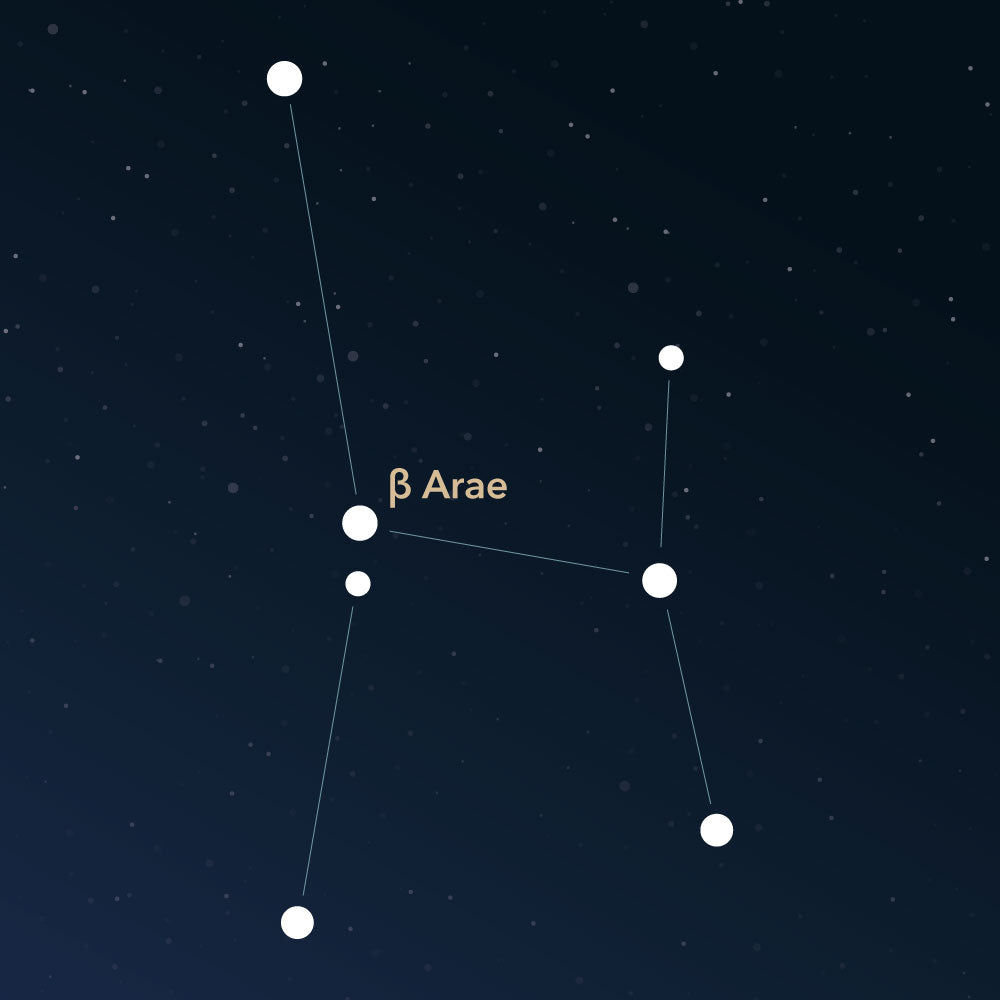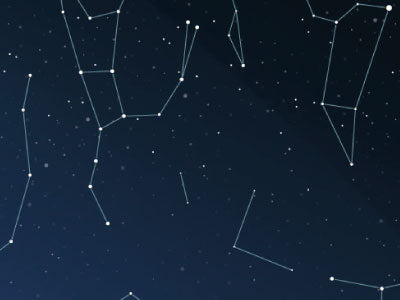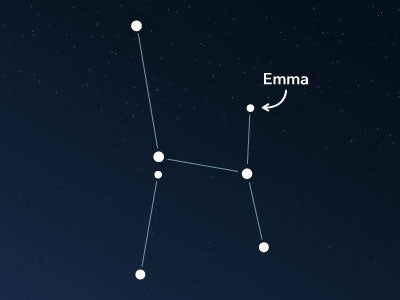The constellation Ara
Characteristics
- Other names / Symbolism
- The Altar
- Hemisphere
- Southern hemisphere
- Visibility
- May - August
- Area
- 237 deg²
- Brightest star
- β Arae (HIP number 85258)
- Specialties
- Open star clusters, globular clusters

Ara, Latin for The Altar, was discovered in ancient times. It is one of the 48 constellations described by the Greco-Roman astronomer Claudius Ptolemy that are still recognized today. It is a small southern hemisphere constellation with various star clusters.
Hemisphere, visibility, and area
The constellation is located in the southern hemisphere and cannot be observed from northern regions such as Europe or the United States. The constellation only becomes visible from approximately the 25th north parallel. This means that it is visible from all places south of, for example, Miami in the US or Western Sahara. The best time to see Ara is between May and August.
Ara is relatively small, with an area of around 237 square degrees. Compared to all other 88 constellations, it ranks 63rd.
There are different visualizations of the constellation. In most cases, about seven stars form the letter "H." In other representations, the stars are connected to form an uneven quadrilateral with a noticeable bend on one side.
To find Ara in the night sky, it is helpful to look for the surrounding stellar constellations. Its northern neighbors are the well-known Scorpius and the Corona Australis. To the west, it borders the Pavo and the Telescopium, while to the south, it has the Apus as its neighbor. On the eastern side are the Norma and the Triangulum Australe.
The brightest star, with an apparent magnitude of around 2.85, is the star β Arae (Beta Arae). It is roughly 600 light-years from earth and is centrally located in the constellation. It is a red supergiant, which means it is a very extended star at the end of its life. If this star were in our solar system, its size would be almost half the distance between the sun and earth.
Specialties in the constellation
The Milky Way runs through Ara, which provides not only a lot of stars but also some open and globular clusters.
The largest open star cluster is NGC 6167, which lies on the border of the Triangulum Australe constellation. It has an apparent magnitude of 6.7 and is not easy to spot in the night sky. Nonetheless, it was discovered by James Dunlop in 1826.
In the same year, he also discovered the globular cluster NGC 6362 with the help of a large reflecting telescope. This cluster is approximately 25,000 light-years away from the sun and has an apparent magnitude of 8.9, making it not exceptionally bright. It is located in the southern part of Ara, near the adjacent Pavo.
Mythology and history
The first naming of the constellation dates back to the fourth century BC when the Greek scientist and philosopher Eudoxus of Cnidus established the name. According to him, the constellation represented a censer or altar of incense, on which the centaurs and Chiron sacrificed a wolf.
While in Greek mythology, the centaurs are mythical creatures with a combination of a human and a horse, Chiron is the grandson of Gaia, the personified earth, and deity.
Another theory suggests that the constellation represents the altar built by Hephaestus, on which the gods conspired against the Titans. Hephaestus is the Greek god of fire and volcanoes, including the artistic ability of smithing.
Constellation Visibility Tool
Los Angeles, USA
34.05°, -118.24°
Constellation Observing Guide
This guide shows when the constellation is visible above the horizon and provides the optimal viewing window when the sky is darkest. Times are displayed in the location's timezone (PDT).
No Optimal Window Found
The constellation's visibility doesn't overlap with the darkest part of the night during the next 48 hours.
Alternative Viewing Options
You can still observe the constellation when it's above the horizon, but there may be some twilight interference. Consider checking again in a few days as visibility patterns change throughout the year.
Constellation Visibility from Your Location
0
Visible Stars
1
Never Rise
0
Always Up
0%
Visible
1 stars are too far south to be visible from your latitude (34.1°N)
Constellation Visibility
When the constellation is above the horizon (includes daylight hours)
Rises
Never Rises
Never Rises
Fully Up
Never Rises
Starts Setting
Never Rises
Never Rises
Fully Set
Never Rises
Never Rises
Above Horizon Times
Includes daylight hours when stars aren't visible to naked eye.
Astronomical Night
When the sky is darkest (sun >18° below horizon)
Dark sky begins
21:11
Jun 5
Dark sky ends
04:41
Jun 6
Darkest Sky Period
Sun more than 18° below horizon. Best for faint objects.
Observing Tips
Read more interesting articles

An overview of all 88 constellations
Learn more about all 88 constellations and read interesting information about the mythology, visibility, and features.

Planetarium App
Discover the night sky with our planetarium app!
Available for iOS and Android.

Name a star in the constellation Ara
Name a star in a constellation and create something that lasts for eternity.